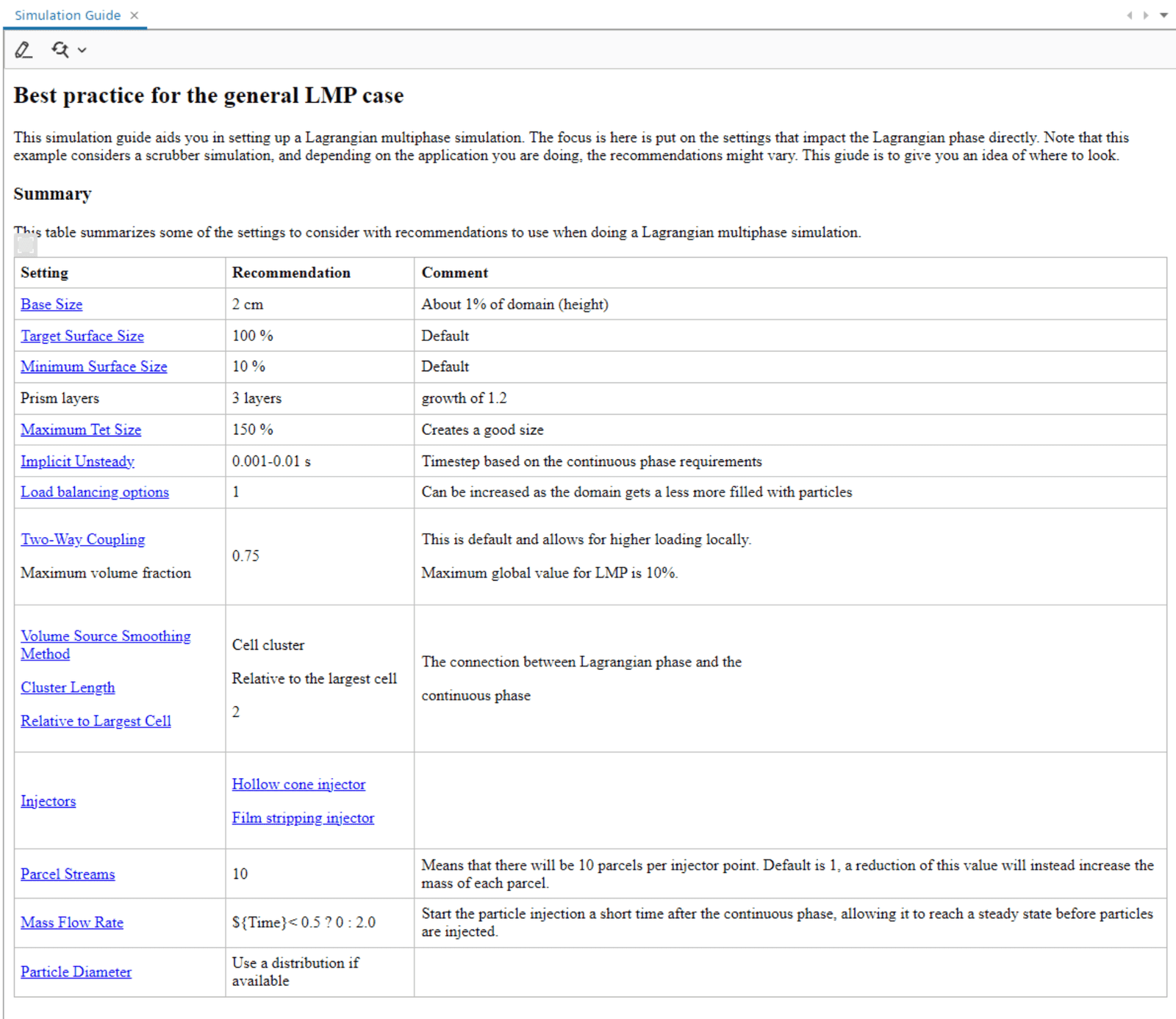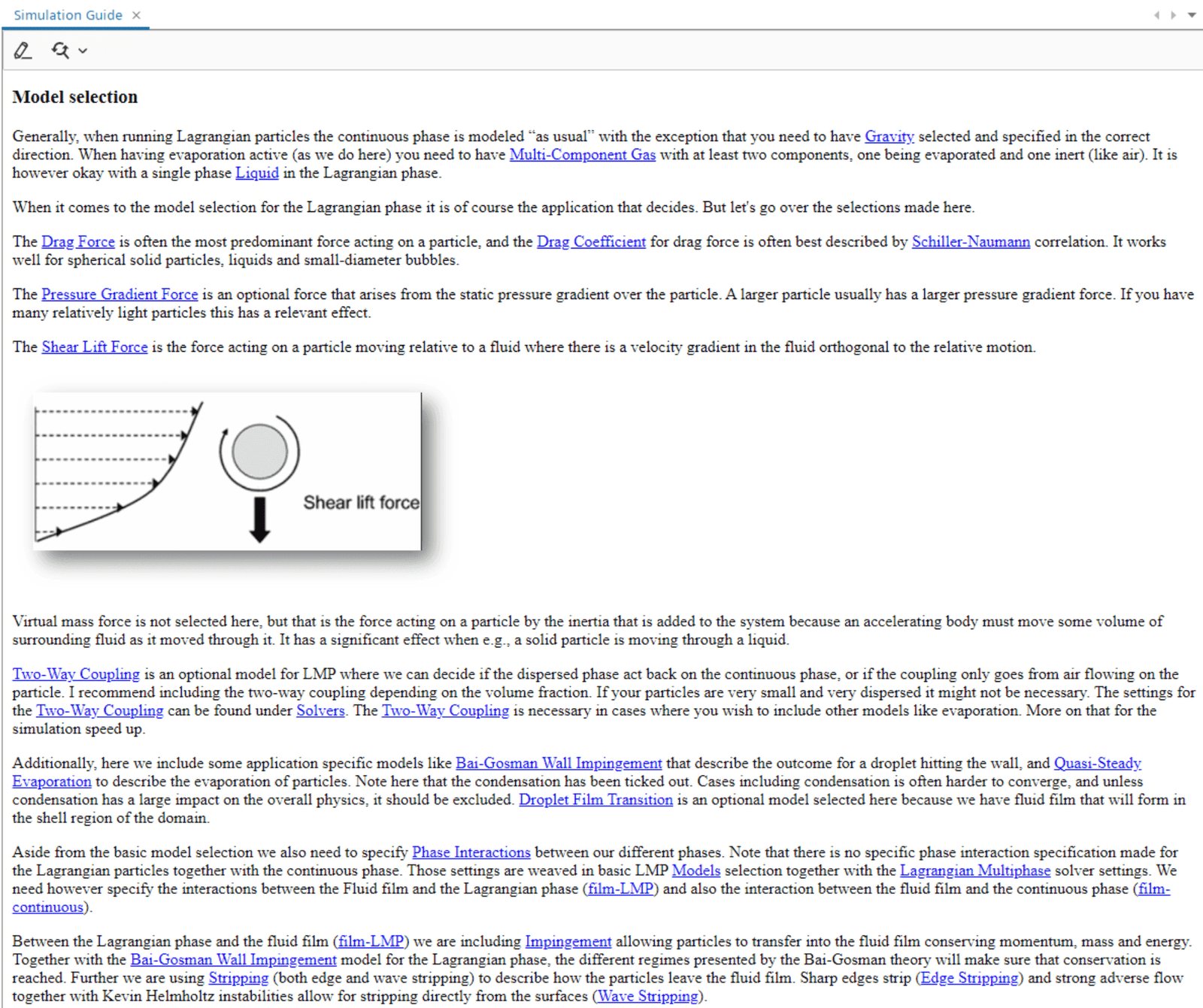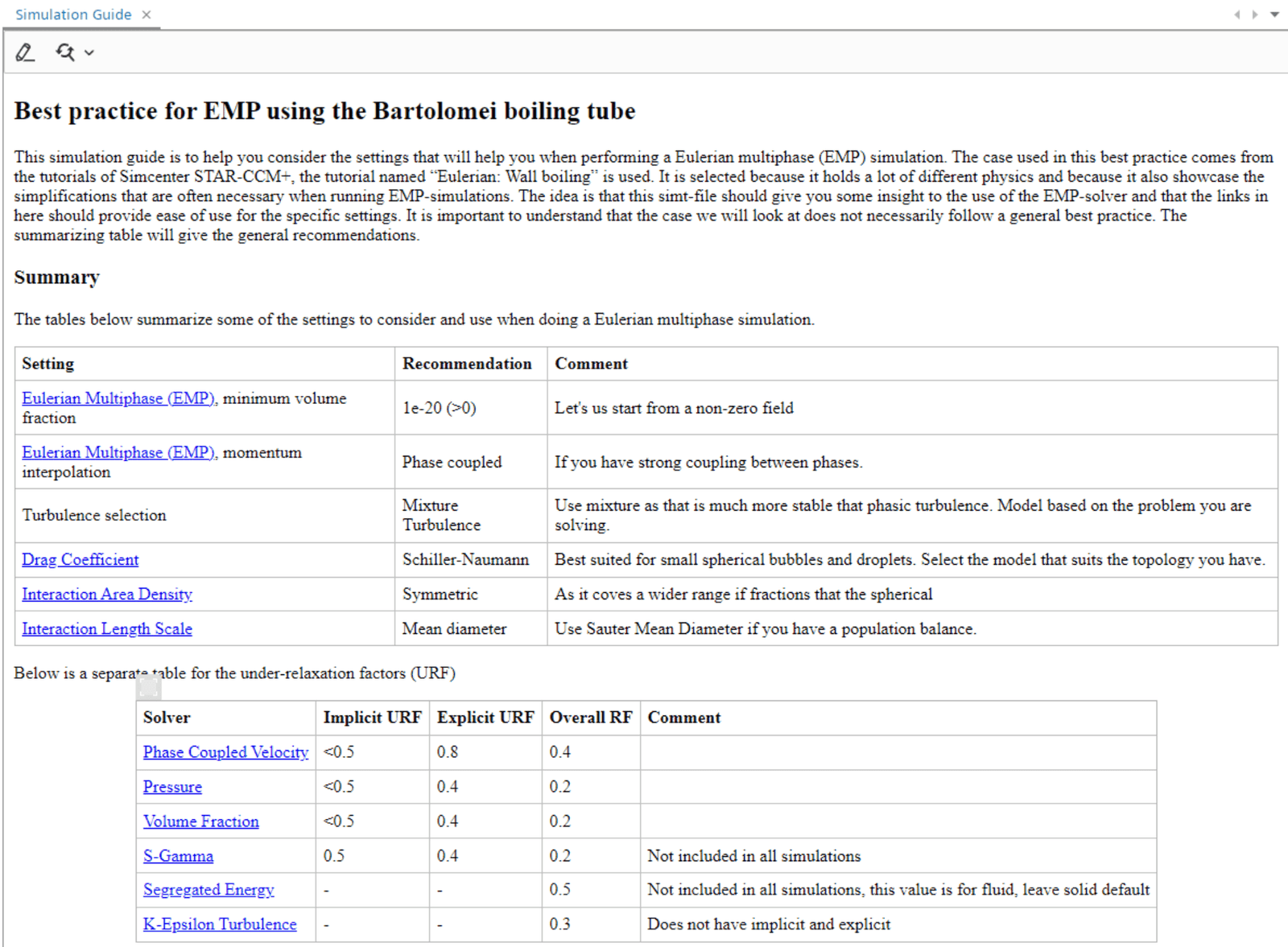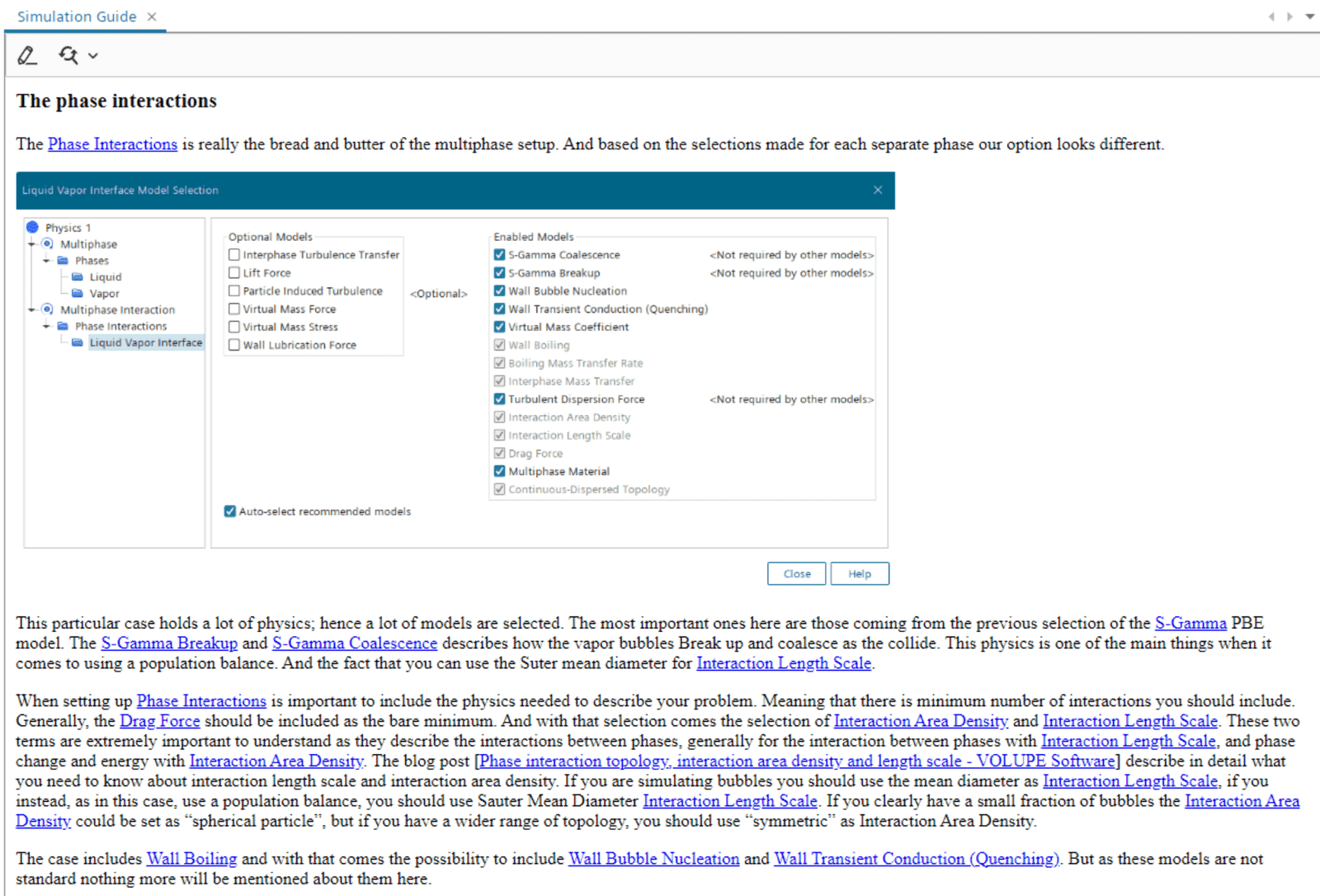In this week’s blog post we are presenting additions to the Volupe CFD-handbook. The CFD on handbook on the website (Siemens Platinum Partner with focus on CAE | Volupe | Contact us now – VOLUPE Software) consist of several user tools that can aid you in your daily work. There is a very popular y+ calculator (y+ calculator – VOLUPE Software), as well as a basic CFD theory, essentially dealing with a lot of the CFD basics and can help both new users as well as beginners to a large extent (Basic CFD concepts – VOLUPE Software), together with several other useful tools.
The new thing, this time around, are two additions to the template side of the CFD Handbook (Basic CFD concepts – VOLUPE Software). We have just added templates for EMP and LMP simulations. We will come to the description of those a bit later, but the template-files that have been added emphasize several news that has been added over the last couple of years when it comes to user experience and templating. But first – let’s have a recap!
Template simulation files
A .simt-file is a file that allows you to define pre-configured setups for use in a new simulation. Combining this together with filters and queries can be extremely powerful. You can, in the template simulation file have a pre-defined mesh pipeline, a physics continuum with selected models and properties, regions with boundaries and reports, scenes, monitors, and plots already set up. If you have a workflow that is repetitive, or if you often come back to setting up the same thing again, you can instead use this functionality to save time.
We already provide a couple of template files on the Volupe website, one being a file for evaluating resistances when using a porous region.
Simulation guide
I have already written a separate blog post about the simulation guide in Simcenter STAR-CCM+, it can be found here (Simulation guide in Simcenter STARCCM+ – VOLUPE Software). In short you can utilize the simulation guide as a document or a README-file with your simulation file or your template simulation file. You can populate the simulation guide with links to different locations in the tree, different settings, or different scenes. This video shows a summary of what can be done using the simulation guide.
Multiphase template files
The two new additions can be found here, Templates – VOLUPE Software. These files are written as general as is possible for multiphase simulations. It should be noted that the exact setups in those files work well for the example cases used in the files. But the settings cannot be taken at face value for other types of problems. Not necessarily even for problems that are close in their definition. When performing a multiphase simulation, the application at hand very much impacts the model selections and settings that you need to use for best practice in your specific case. The simulation guide also contains links to other Volupe blog posts where relevant.

What these two files are, is sort of an extension to the multiphase simulation course that we provide, or even a summary of all other multiphase blog posts that I have done where I am talking about specifics for multiphase simulations. What you will find when opening the simulation guide files is first a table with a summary of the suggested settings for that type of simulation. And if you venture further down the simulation guide document, you will find a description of the example used in the file together with a lot of discussion regarding different settings, when to use them, at what value, why, and so on.
The LMP-template file
The Lagrangian simulation guide file is the first one, and it describes a scrubber case. The summary table can be seen in the picture below, and all the hyperlinks (all the blue and underlined text) will take you to specific locations in the tree where settings and models are discussed, or to scenes or plots where those are referred to.

After the summary table, there is a more in-depth detailed description of the different settings, and in many cases discussion on the topics. The section shown in the picture below discusses the different model selections available for the two-way coupling between the dispersed and the continuous phase.

The EMP-template file
The EMP template file is based on one of the tutorials found in the documentation. EMP can be done in many ways, you can use it for granular simulation, for gas-liquid simulations with Large scale interfaces (LSI), or considering the interaction between phases with a Population model as we do here. The same as for the LMP template, this one also starts with a couple of tables focusing on a summary and in-depth discussion is found later in the simulation guide. Note in the picture below the separate table for the under-relaxation factors. Those are usually very important to consider when doing an EMP simulation.

The picture below shows the section with the discussion of phase interaction for the LMP simulation, which is another very important aspect of the EMP simulation.

I hope these templates can be of good use to you. The best way to see and understand what is going on in those files is to download them and open to see for yourself. If you have any questions, as usual, reach out to support@volupe.com.
Author

Robin Victor
+46731473121
support@volupe.com